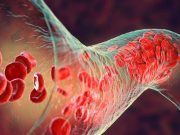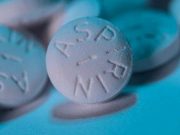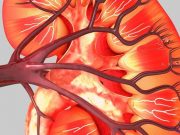Tag: Deep Vein Thrombosis
New Model Developed for Identifying DVT in Epithelial Ovarian Cancer
Model includes age, body mass index, hypertriglyceridemia, tumor staging, tumor grade, CA125 level, platelet count, fibrinogen level
Risk for Venous Thromboembolism Up for Those With Sickle Cell Trait
Risk for pulmonary embolism was higher than that of isolated deep vein thrombosis in SCT
Apixaban Has Lower Bleeding Risk for Initial Anticoagulation for Venous Thromboembolism
During extended treatment, bleeding risk was similar for apixaban and rivaroxaban
Low Risk of Recurrent Thrombotic Events After COVID-19-Linked VTE
Risk of recurrent thrombotic events similar to that of patients with VTE linked to hospitalization for other acute medical illness
Venous Thromboembolism Risk Low in COVID-19 Outpatients
Patient-level factors, including age, sex, and body mass index, associated with higher risk
Aspirin Noninferior to Low-Molecular-Weight Heparin After Fracture
No significant difference seen in incidence of death, deep vein thrombosis, pulmonary embolism, bleeding complications
Prolonged TV Watching Ups Blood Clot Risk
35 percent higher risk for venous thromboembolism seen with watching more than four hours of TV daily
Rivaroxaban Improves Clinical Outcomes After COVID-19 Hospitalization
Risk for thrombotic events reduced after 35 days of rivaroxaban compared with no extended thromboprophylaxis
Recurrent VTE Rate Higher Than Expected for Subsegmental PE
Prospective cohort study restricted to patients with low-risk subsegmental pulmonary embolism managed without anticoagulation
Pharmacomechanical Thrombolysis for Acute DVT Tied to Kidney Injury
Bilateral deep vein thrombosis, single-session treatment, and female sex tied to greater risk














